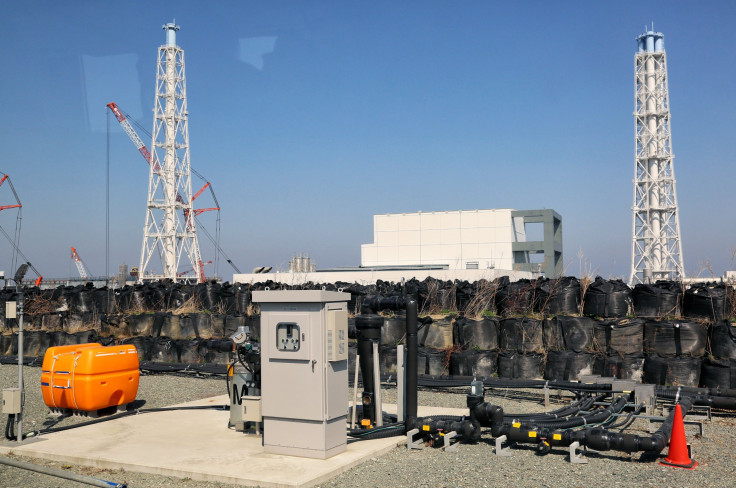Fukushima Operator Hires California Company To Decontaminate Water

The operator of the Fukushima Daiichi nuclear power plant, damaged by a massive earthquake in 2011, has signed a contract to adopt technology from a California-based company to remove radioactive strontium and other isotopes from 400,000 metric tons of contaminated water.
Kurion, Inc., which specializes in nuclear and hazardous waste management, has already delivered the first set of equipment to Tokyo Electric Power Co. (TEPCO) for inspection and plans to ship more in the coming weeks, the company said. The cleanup system, to handle 300 tons of water a day, is expected to begin operating by the end of summer.
“Strontium is the greatest emitter of radiation impacting site dose-rates,” Kurion founder and president John Raymont said in a statement. “So reducing strontium in tank water stored on-site will significantly improve worker safety and reduces the risk to the surrounding environment.”
Strontium is linked to bone cancer and mixed with water used to cool the nuclear system by contact with highly radioactive reactor fuel.
Kurion’s equipment will operate next to the plant’s existing water treatment system, called advanced liquid processing system (ALPS), which has failed periodically to sufficiently clean water. In March, TEPCO had to retreat 15,000 tons of toxic water after the treatment system released 900 tons of still-contaminated water into tanks with clean water.
ALPS and Kurion’s system both process tank water, but with different goals.
“The larger and more complex ALPS processing facilities are designed to decontaminate 62 of the 63 radioisotopes present in tank water to prepare it for release in to the environment,” Kurion said in a statement. “This is different than the purpose of Kurion system, which is a mobile system to accelerate improvement of safety at the site by focusing on strontium reduction.”
As groundwater flows into melted reactor cores every day, 400 metric tons of water are contaminated every day. TEPCO has built more tanks to boost storage capacity, but space at the site is running out. Earlier this month, the utility began building an underground ice wall around some of the reactors to stop the water flow, but the earliest completion date would be April 2015.
© Copyright IBTimes 2025. All rights reserved.






















